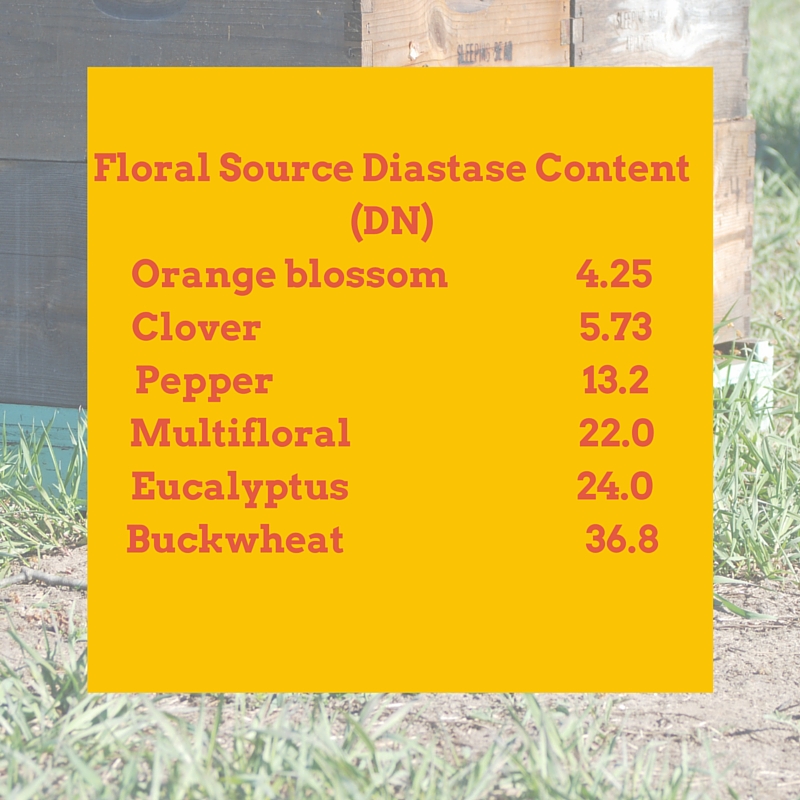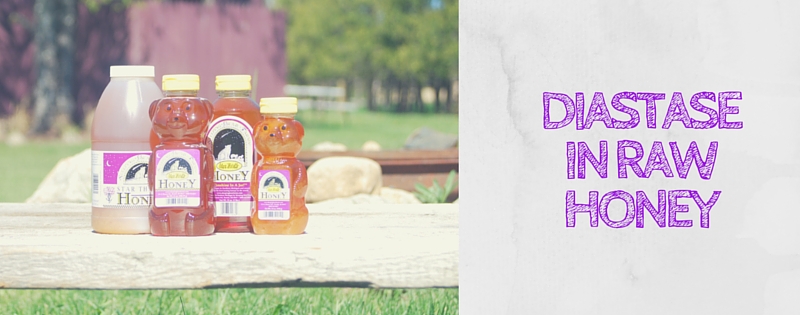No products in the cart.
Raw Honey
Diastase in Honey
Raw honey contains many beneficial enzymes. As we discussed in our prior post, these enzymes include diastase. Diastase catalyses the breakdown of starch into maltose. It is originally found in a seed and produced when germination occurs.
What is Diastase?
Diastase was the first enzyme that was discovered. It was extracted from malt by two French chemists – Jean-Francois Persoz and his colleague Anselme Payen – in 1833. Diastase comes from the Greek term diastatis, which means separation.
Diastase Uses
Diastase, in the human body, helps make carbohydrates digestible. By turning the carbohydrate into sugar, they help the body process the carbs. Glucoamylase and amylase are the enzymes in human saliva that do this work – when they are not present in sufficient amounts, diastase (in supplement form and in food) can help make up the difference.
Diastase and Acid Reflux
Acid reflux is caused by certain foods people eat that are not being digested properly — it causes symptoms of upset stomach, burning in the throat or chest, and abdominal pain. Honey and milk contain this enzyme naturally, and a warm mixture of the two has been said to help treat minor acid reflux symptoms.
Diastase Sources
The amount of diastase varies by the type of flower that is most present in the honey.

So, if you’ve been struggling with acid reflux – try some raw honey with some milk! The extra diastase might be just what you need. We’ll continue our look into raw honey enzymes later this week.


Where can we get honey with the higher diastase content like eucalylptus and buckwheat?
Hi Donald!
Your best bet would be to Google search – we don’t carry those varieties yet but can’t speak to the quality of other companies!